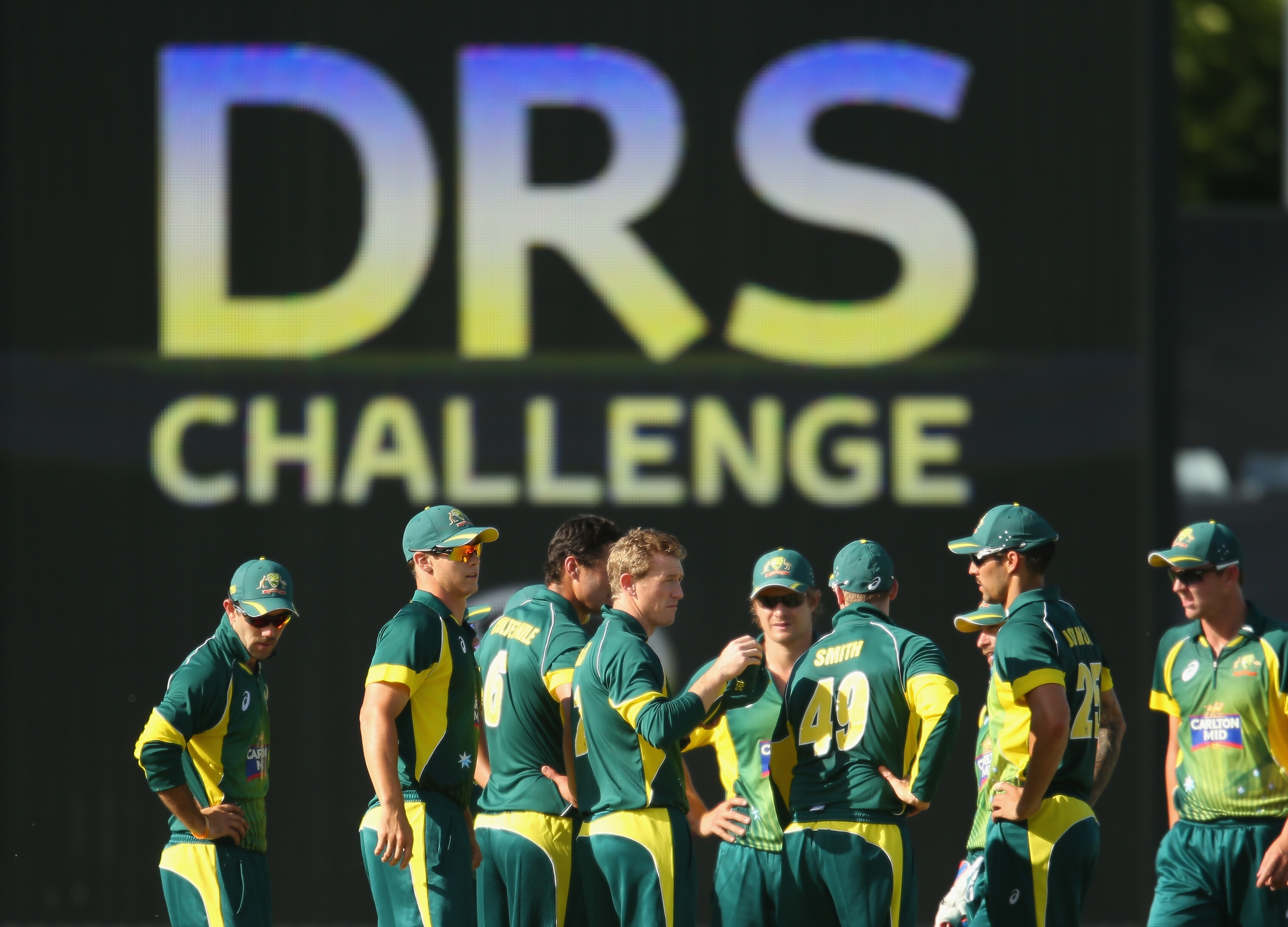It's time ICC introduced DRS in T20 cricket
For a format that has regularly seen new innovations and improvisation, T20 cricket has somehow been kept away from one of the most important technological advancements, the DRS. What has kept the ICC from introducing DRS in T20 cricket, the format that needs it the most?

In the second T20I of the current series between India and England, the match had come down to a tense last over. Bowling to Joe Root and Jason Roy, Jasprit Bumrah had 8 runs to defend. He did bowl a brilliant over, giving away just to take India to an unlikely victory. However, something that took the sheen of that victory was the Joe Root's wicket in the first ball. As Root attempted a pull, he inside-edged the ball onto his pads. Umpire C Shamsuddin failed to spot the edge and raised his finger. That wasn't Shamsuddin's first error in the match. When India was batting, he gave India's captain Virat Kohli a reprieve, when replays showed he should have been given out LBW.
To be fair to the umpire, it's not easy officiating in international matches these days. With too many things to focus on, and the noisy crowd not making it any easier, you don't necessarily have to be a bad umpire to miss an inside edge or two. But while it's not a big deal to make an umpiring error, the kind of an impact a bad decision can have on a T20 game is huge. If any one of the two decisions mentioned above was reversed, the final result of the match could very well have been different.
Now that is the use of technology. Where humans fall short, it comes to the rescue. Cricket hasn't exactly been very receptive when it comes to adopting technology in the game. There was opposition when the Decision Referral System(DRS) was first used. Sceptics talked about how it would undermine the umpires. And this is a sport where people have been frowned upon, and even fined, for showing dissent over an umpire's decision, forget about challenging it.
Slowly though, people came around, and DRS is now a part of most bilateral series and all ICC events there are, in Test and ODI cricket, that is. And it has proved to be effective.
The final decision is still made by a human, just that he's used some technology to arrive at that decision. And limiting the number of challenges has prevented misuse of the feature. In an ODI innings, a team can take only one unsuccessful review. In a Test match, they allow you to take two unsuccessful reviews per every 80 overs.
And that is why it is unfathomable to see that DRS has still not been introduced in T20 cricket. Not in the ICC events, not in the domestic events, not in any of the countless leagues all over the world. It's even more perplexing because ICC has generally used the T20 format to experiment with things.
The major argument against the use of DRS in T20 cricket is that it would slow down the game. The fast-paced nature of a T20 match is what makes it the most marketable form of cricket. Yes, that might true, but a batsman given out wrongly at a crucial stage of a game is a bigger problem. And secondly, slowing a game down for a couple of minutes might not be such a bad idea. The BCCI already has the strategic timeouts twice in an innings during the IPL. Limit the number of decisions to just two per innings, and the game would be the richer, as would the Boards from those 20-second ads!
The short and unpredictable nature of T20 cricket means that there are almost no margins for error. A bowler missing his mark by a couple of inches could lose the match for his team. A seemingly insignificant fumble while fielding might do a lot of damage. In the format where every run counts, a wrong decision by the umpire can be the deciding factor. And it should not be like that!

Comments
Sign up or log in to your account to leave comments and reactions
0 Comments